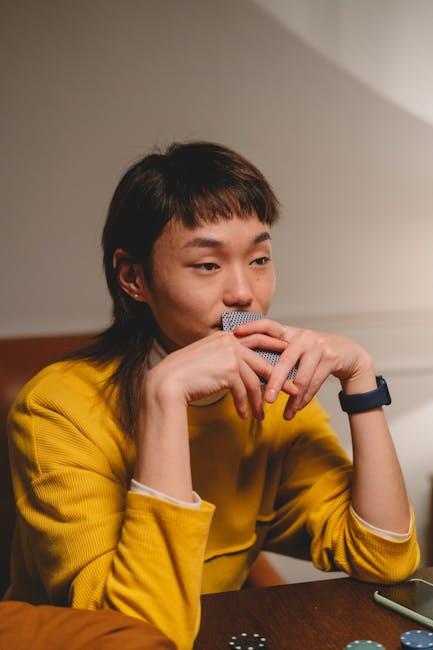Psychological Design Principles Behind Player Retention
In the highly competitive gaming industry, player retention remains one of the most critical success factors for developers. While attracting users is challenging, keeping those players engaged and coming back requires a deep understanding of psychological design principles. This article explores how game designers harness psychology to foster long-term player loyalty and offers practical insights to enhance your own game’s retention rates.
Understanding Player Retention in Game Design
Player retention refers to the ability of a game to keep its users returning over time. High retention rates often translate into better monetization opportunities, strong community growth, and a more sustainable game lifecycle. So what psychological factors contribute to creating sticky gameplay experiences? Let’s explore the foundational principles.
Core Psychological Concepts Relevant to Retention
- Operant Conditioning: Reward systems that reinforce player behavior through positive feedback.
- Flow State: Balancing challenge and skill to immerse players in a state of deep focus.
- Social Validation: Leveraging community features to fulfill players’ needs for social connection.
- Progression & Achievement: Providing tangible milestones that create a sense of accomplishment.
- Scarcity & Urgency: Using limited-time events or rewards to motivate timely engagement.
Key Psychological Design Principles to Boost Player Retention
1. Reward Schedules and Variable Reinforcement
Rooted in operant conditioning, variable reward schedules keep players guessing and motivated by unpredictability. Unlike fixed rewards, variable ones trigger stronger dopamine responses, compelling players to stay engaged longer.
Examples include loot boxes, random drops, or surprise bonuses. Implement these carefully to balance excitement and fairness, avoiding player frustration.
2. Creating Meaningful Progression Systems
Progression systems such as levels, skill trees, or unlockables create tangible goals and a sense of growth. This satisfies the psychological need for competence, a key element in self-determination theory, boosting motivation and retention.
3. Designing for Flow
The concept of flow involves designing gameplay that matches player skills with challenges. Too easy = boredom; too hard = anxiety. By keeping this balance, players remain absorbed and lose track of time, making them more likely to return.
4. Fostering Social Connections
Humans are social creatures. Integrating social elements such as friend lists, clans, guilds, or shared achievements taps into players’ desires for belonging. Positive social interactions enhance loyalty and create external motivation to log back in.
5. Implementing Scarcity & Time-Limited Events
Scarcity triggers the fear of missing out (FOMO), driving players to engage before opportunities vanish. Limited-time challenges, exclusive items, and special events create urgency and anticipation that fuel consistent logins.
Benefits of Using Psychological Design Principles for Player Retention
- Increased Player Lifetime Value: Players who stay longer tend to spend more on in-app purchases.
- Stronger Community Development: Engaged users form lasting social bonds, promoting organic growth.
- Improved Game Reputation: Positive, rewarding experiences lead to better reviews and word-of-mouth marketing.
- Reduced Churn: Psychologically satisfying gameplay discourages players from abandoning the game.
Practical Tips to Apply Psychological Design in Your Game
- Use Variable Rewards Wisely: Mix predictable rewards with surprise bonuses to keep players intrigued.
- Design Clear, Achievable Milestones: Avoid overwhelming players; break progression into rewarding chunks.
- Balance Challenge Levels: Use adaptive difficulty settings or tutorials to ensure players experience flow.
- Incorporate Social Features: Enable chat, leaderboards, or cooperative gameplay to build connections.
- Plan Recurring Time-Limited Content: Keep the game fresh and players coming back at regular intervals.
Case Studies: Psychological Design in Action
| Game Title | Design Principle | Retention Strategy | Impact |
|---|---|---|---|
| Fortnite | Social Connection | Squad mode & seasonal events promote team play and social engagement. | High daily active users, strong community involvement. |
| Candy Crush Saga | Variable Rewards | Random boosters and surprise rewards keep gameplay unpredictable. | Massive long-term retention & monetization through microtransactions. |
| League of Legends | Flow & Progression | Ranked ladders and customized challenges to maintain skill/challenge balance. | Loyal global player base with steady engagement. |
Personal Insights: What Worked for Me
As a game developer, I found incorporating early wins and social validation particularly powerful for player retention. Introducing small, easy achievements in the first 10 minutes helped players build momentum and feel competent – which increased day-one retention rates by over 15%. Additionally, adding clan systems boosted community interaction, turning casual players into active, loyal users.
Conclusion
Implementing psychological design principles is essential to creating games that players want to return to time and time again. By understanding the cognitive drivers behind player behavior-such as rewards, flow, social bonds, and urgency-you can craft engaging experiences that foster long-lasting loyalty. Whether you are a budding indie developer or a seasoned studio, embracing these principles will enhance your game’s stickiness, increase monetization potential, and grow your player community organically.
Start applying these strategies today and watch your player retention thrive!











